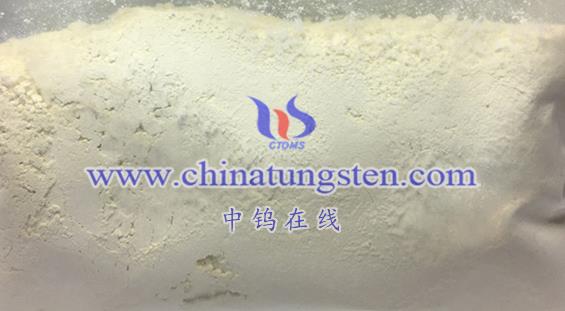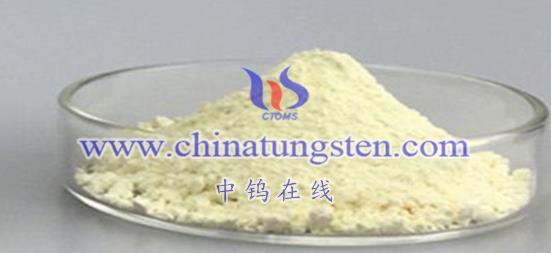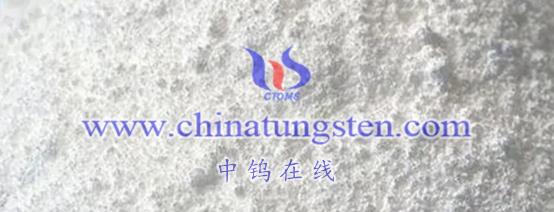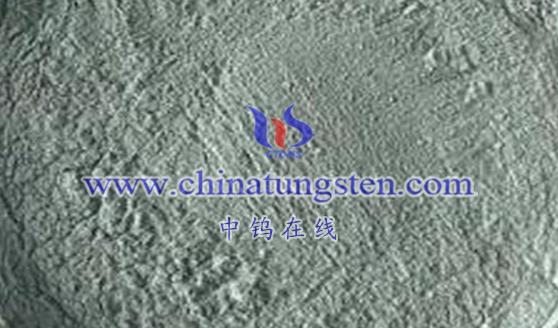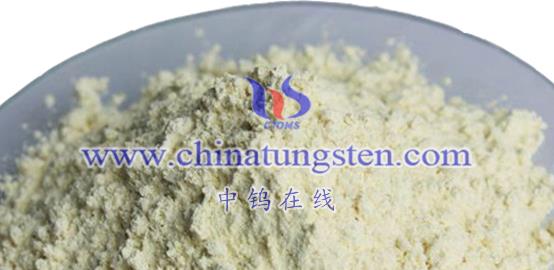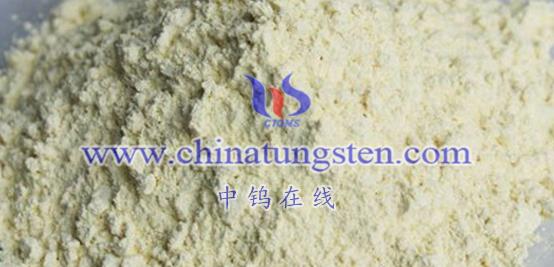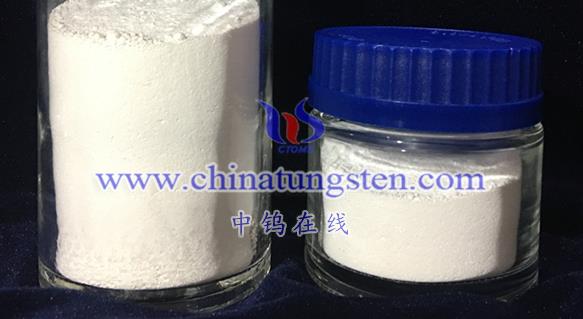
The stability of WO3 electrochromic films is a complex and critical issue, influenced by various factors. Below is a detailed analysis of the stability of WO3 electrochromic films:
- Basic Stability of WO3 Electrochromic Films
WO3 electrochromic films exhibit good chemical stability under normal conditions, able to resist the corrosion of most acids except hydrofluoric acid. This characteristic allows WO3 films to maintain good performance in various environments, providing a certain application potential.
- Cycle Stability of WO3 Electrochromic Films
However, the performance of WO3 electrochromic films may decline after multiple color change cycles. This issue primarily arises from the electrochemical process, during which some of the inserted metal ions (such as Li+, Na+, K+, etc.) can become trapped in the WO3 lattice, resulting in the phenomenon known as “ion trapping.” This phenomenon reduces the reversibility of the reaction and leads to a rapid decline in electrochromic performance. To enhance the cycle stability of WO3 films, researchers have proposed various innovative strategies, such as high-pressure de-trapping, doping with heteroatoms to modify the WO3 lattice, and optimizing the microstructure of the films.
- Innovative Strategies to Improve Stability
NH4+ Hydrogen Bonding Chemistry
Recent studies indicate that using NH4+ ions as a substitute for traditional metal ions (such as Li+, K+) can effectively enhance the stability of WO3 electrochromic films. The NH4+ ions form hydrogen bonds with the oxygen in the WO3 lattice, with bond strengths much lower than traditional metal coordination bonds, thereby improving the transport and storage performance of the inserted ions within the lattice. This strategy effectively avoids the “ion trapping” phenomenon and significantly enhances the color change activity and cycle stability of the WO3 films.
For example, one research team successfully constructed a highly stable WO3 electrochromic system based on NH4+ hydrogen bonding chemistry, demonstrating that the system maintained good optical performance even after multiple color change cycles in experiments.
Electrolyte Optimization
In addition to selecting embedded ions, optimizing the electrolyte is also a critical method to enhance the stability of WO3 films. By carefully designing the solvents and anions in the electrolyte, it is possible to prevent anions and solvent molecules from co-inserting into the WO3 lattice with cations, thus protecting the lattice structure from damage. For instance, using larger solvent molecules and anions (such as triethyl phosphate and CF3SO3-) can create a high steric hindrance effect, effectively blocking the embedding of non-target molecules.
- Stability Performance of WO3 Electrochromic Films in Practical Applications
In practical applications, the stability of WO3 electrochromic films can be affected by various factors, including operating environment, usage conditions, and maintenance status. Therefore, when designing and applying WO3 electrochromic devices, it is essential to consider these factors comprehensively and take appropriate measures to ensure their stability.
WO3 electrochromic films demonstrate good chemical stability under normal conditions, but performance issues may arise after multiple color change cycles. By adopting innovative strategies (such as NH4+ hydrogen bonding chemistry and electrolyte optimization), their cycle stability can be effectively enhanced, showing excellent performance in practical applications. However, further research and exploration are still needed to continuously optimize the performance and stability of WO3 electrochromic films.
More details of tungsten oxide product, please visit website: tungsten-oxide.com
Please contact CHINATUNGSTEN for inquiry and order of tungsten oxide:
Email: sales@chinatungsten.com
Tel.: 86 592 5129595
